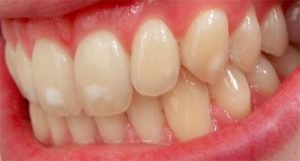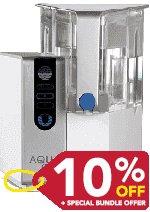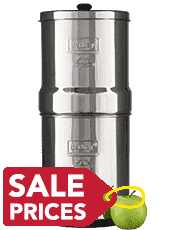- Home
- Health
- Water Softener Guide
- Water Treatment
Private Sewers & Septic Systems
- About Private Sewers Sysytem And Septic Systems
- Lateral Root Notification Program
- Fats, Oil & Grease
- Spills & Black Water Valves
- Help Protect The Enviroment
- Septic Systems
- About
Unraveling the Enigma of Fluoride in Your Water
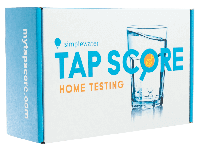 Are you puzzled about the fluoride levels in your drinking water? Worry not. A handy fluoride testing kit could be your ally in dispelling those uncertainties.
Are you puzzled about the fluoride levels in your drinking water? Worry not. A handy fluoride testing kit could be your ally in dispelling those uncertainties.
In some instances, especially for folks relying on rainwater tanks or those suspicious of their municipal water supply, testing for fluoride becomes a routine. It’s a crucial practice, given that while fluoride is naturally occurring and harmless in moderate amounts, too much of it can spell trouble.
Now, let’s debunk a myth – fluoride in its natural state isn’t the villain. It’s present in freshwater reserves, albeit in low quantities, and plays a role in our overall well-being. The modern age, however, has armed us with the technology to detect a plethora of chemicals in water, even in minute concentrations.
Navigating through the sea of tests available might seem daunting. Many of them demand sophisticated lab equipment that isn’t just expensive but also hard to procure. But there’s a silver lining – compact, user-friendly fluoride testing kits. These kits, though low-tech, offer valuable insights into your water’s chemical composition without burning a hole in your pocket.
The Downside of Excess Fluoride
Fluoride Testing Protocols: An Analytical Perspective
A. Strip Fluoride Testing Kit Methodology
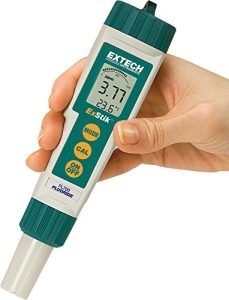 For individuals seeking an initial assessment of fluoride concentration in water, the strip fluoride testing kit stands out for its simplicity and efficiency. Users immerse a test strip into the water sample for a specific duration, typically a few seconds, then wait for approximately 60 seconds. The color change is then compared to a predefined test table to ascertain the fluoride concentration.
For individuals seeking an initial assessment of fluoride concentration in water, the strip fluoride testing kit stands out for its simplicity and efficiency. Users immerse a test strip into the water sample for a specific duration, typically a few seconds, then wait for approximately 60 seconds. The color change is then compared to a predefined test table to ascertain the fluoride concentration.
B. Utilization of Fluoride Checker Liquid Reagent Plastic Tube Kit
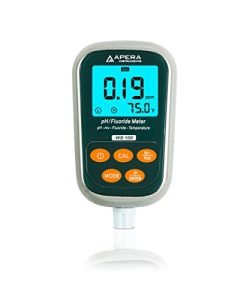 A more sophisticated method involves the use of a fluoride checker liquid reagent plastic tube kit. This process includes adding a specific quantity of powder or liquid reagent to a water sample contained in a reusable plastic tube. The sample tube is then placed in a specialized plastic showcase that features a plastic plate with a gradient. Users rotate the color disc to find the matching color gradient, offering a visual representation of the fluoride concentration. While this method entails several steps and wait times, it offers enhanced accuracy in readings.
A more sophisticated method involves the use of a fluoride checker liquid reagent plastic tube kit. This process includes adding a specific quantity of powder or liquid reagent to a water sample contained in a reusable plastic tube. The sample tube is then placed in a specialized plastic showcase that features a plastic plate with a gradient. Users rotate the color disc to find the matching color gradient, offering a visual representation of the fluoride concentration. While this method entails several steps and wait times, it offers enhanced accuracy in readings.
C. Digital Measurement Approach
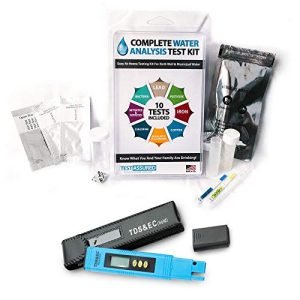 The advent of digital gauges, colorimeters, light meters, and portable photometers has refined fluoride testing. Though these instruments represent a more significant investment and require batteries and calibration, they yield the most accurate results, pinpointing fluoride concentration with heightened precision.
The advent of digital gauges, colorimeters, light meters, and portable photometers has refined fluoride testing. Though these instruments represent a more significant investment and require batteries and calibration, they yield the most accurate results, pinpointing fluoride concentration with heightened precision.
D. Chemical Testing for Fluoride
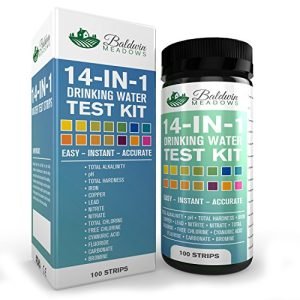 An economical option, the chemical fluoride test, is adept at rapid assessments. This kit includes 100 test strips, a disc color gamut, and a fluoride test solution. The color reaction is initiated with fluoride-containing hydrochloric acid solutions, with the extent of the bleached area on the pink test disc correlating to the total fluoride concentration.
An economical option, the chemical fluoride test, is adept at rapid assessments. This kit includes 100 test strips, a disc color gamut, and a fluoride test solution. The color reaction is initiated with fluoride-containing hydrochloric acid solutions, with the extent of the bleached area on the pink test disc correlating to the total fluoride concentration.
E. Interpretation of Fluoride Concentrations
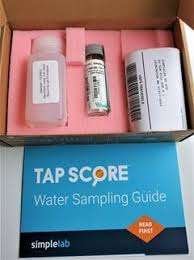 The safety benchmark for fluoride concentration is established between 0.5 and 1.0 ppm (parts per million), recognized for its role in preventing tooth decay. Concentrations exceeding 1.5 ppm are associated with fluorosis, impacting bone structure, and dental health. Notably, staple foods like red chili peppers, wheat, and rice, as well as black salt, are known for their intrinsic fluoride content.
The safety benchmark for fluoride concentration is established between 0.5 and 1.0 ppm (parts per million), recognized for its role in preventing tooth decay. Concentrations exceeding 1.5 ppm are associated with fluorosis, impacting bone structure, and dental health. Notably, staple foods like red chili peppers, wheat, and rice, as well as black salt, are known for their intrinsic fluoride content.
Conclusive Analysis
Fluoride testing’s diverse methodologies offer a spectrum of accuracy, cost, and complexity, each tailored for different contexts and requirements. As fluoride content in water becomes an increasingly scrutinized parameter, these testing protocols provide invaluable insights for informed decision-making, ensuring the health and safety of individuals amidst the complexities of fluoride’s presence in various consumables.
Wrapping It Up
Being in the know about the fluoride levels in your water isn’t just empowering; it’s a proactive step towards safeguarding your health and that of your loved ones. Equip yourself with a reliable fluoride testing kit and stay a step ahead, ensuring the water you consume is not just clear but also clean and safe.





